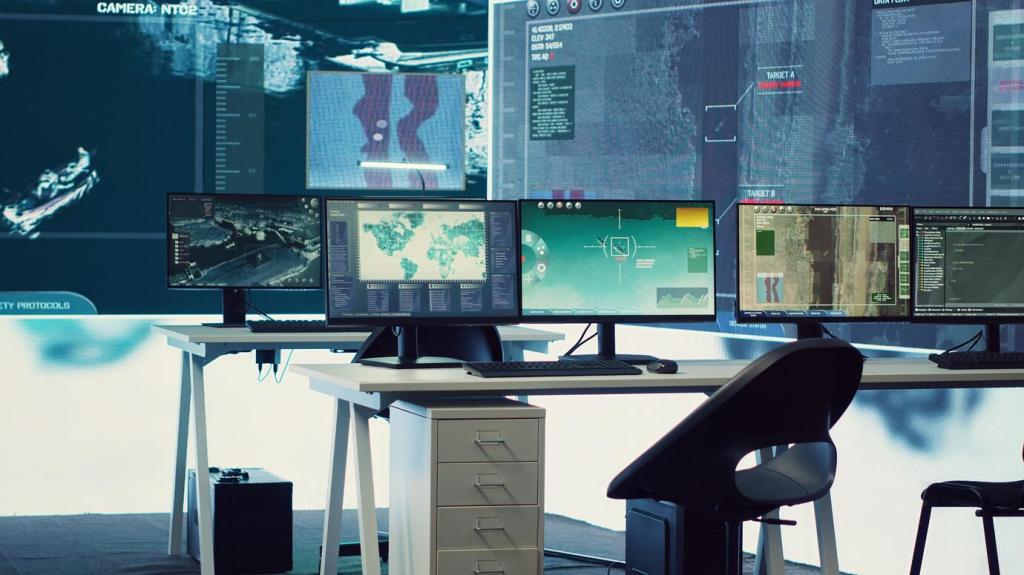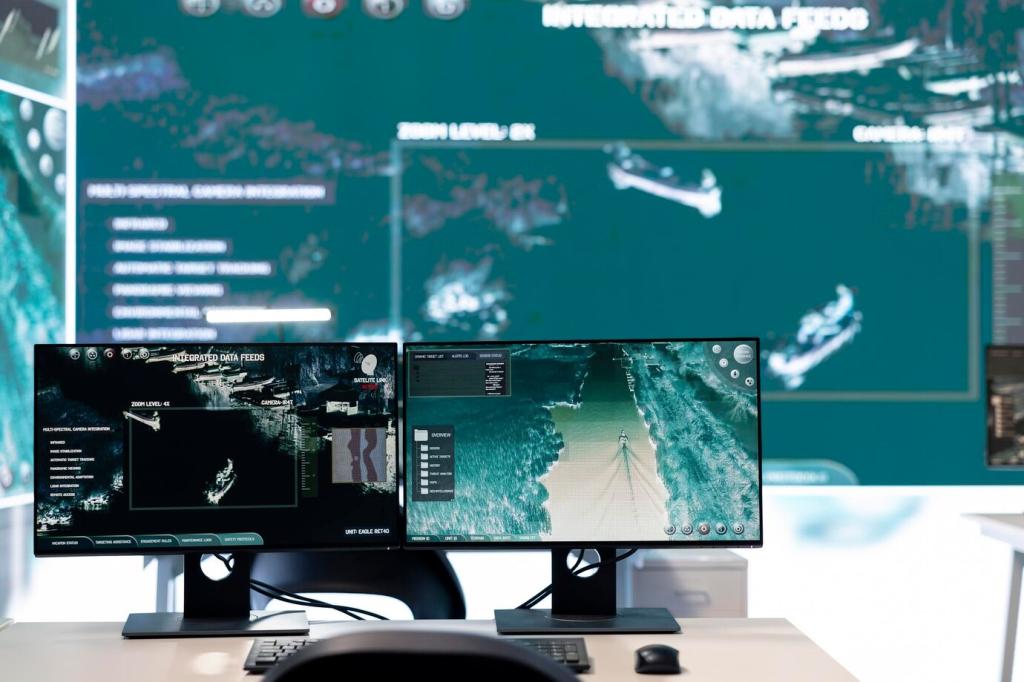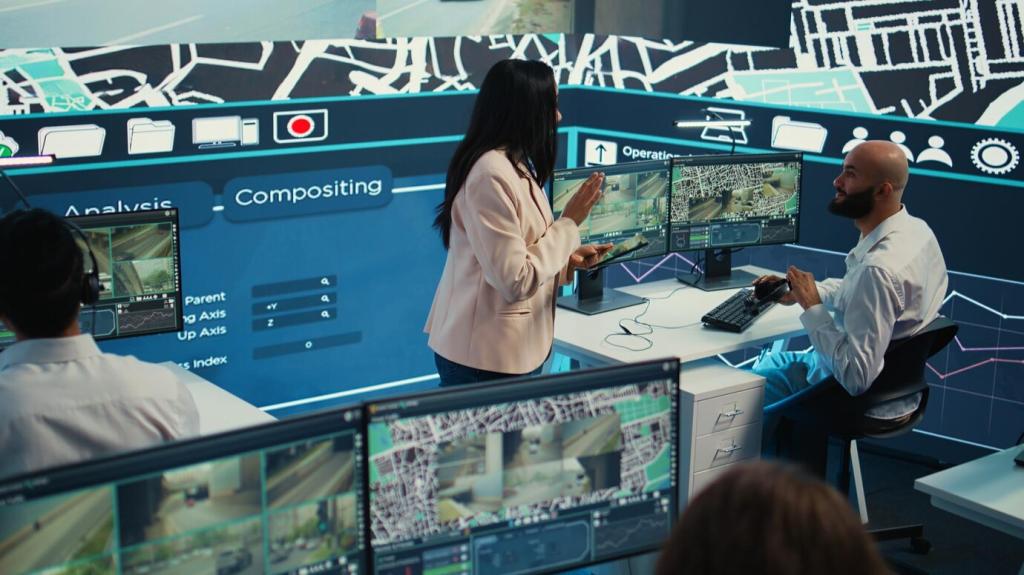Safety Precautions During Safe Installation
Today’s chosen theme: Safety Precautions During Safe Installation. Build with confidence, protect every hand on site, and turn best practices into everyday habits. Join our community to share tips, ask questions, and subscribe for weekly field-tested safety insights.

Plan First: Risk Assessment That Prevents Accidents
Walk the site with a checklist for power sources, overhead lines, trip hazards, and pinch points. Bring multiple perspectives—installer, electrician, supervisor—to uncover blind spots and agree on mitigation before a single tool is unwrapped.
Assign who authorizes energization, who monitors hot work, and who stops work if conditions change. Clarify escalation paths. A five-minute pre-job briefing prevents hours of confusion when conditions shift unexpectedly.
Risk assessments are living documents. Update controls after the first hour of work and at each phase change. Encourage technicians to flag new hazards and reward the behavior visibly.
Personal Protective Equipment: Fit, Function, and Follow-Through
Right Gear for the Right Hazard
Match gloves to cut ratings, eyewear to impact risks, and hearing protection to decibel levels. Don’t forget arc-rated apparel for energized work and respiratory protection when cutting, sanding, or cleaning with solvents.


Comfort Drives Compliance
Poorly fitting helmets or fogging goggles end up on the ground. Invest in anti-fog lenses, adjustable suspension, and breathable fabrics, and you’ll see better adherence without constant reminders or penalties.


Electrical Safety: Control the Energy, Control the Risk
De-energize equipment, apply locks with individual tags, and verify zero energy with a calibrated meter. Never trust a switch position alone—test before touch, every single time, no exceptions.
Electrical Safety: Control the Energy, Control the Risk
Read labels and respect approach boundaries. Use arc-rated PPE where required. A quick tool swap near a live panel has triggered many preventable incidents; plan tasks to avoid energized interaction.
Working at Heights: Fall Protection That Actually Protects
01
Ladder Selection and Setup
Use the right ladder class, height, and material for the job. Maintain a three-point contact and the four-to-one angle. When work extends, step off to a platform rather than overreaching dangerously.
02
Harness Fit and Anchor Integrity
A loose harness is a false promise. Adjust leg, chest, and dorsal straps snugly. Choose anchors rated for fall arrest, not just convenience. Inspect webbing and hardware before each use.
03
Scaffold Safety and Guardrails
Ensure planks are secured, casters are locked, and guardrails are installed on all open sides. Keep decks clear of loose tools that roll and create a cascade of hazards below.
Tools and Equipment: From Selection to Safe Operation
Check power tools for frayed cords, missing guards, and dull blades. Validate torque settings and battery integrity. A sixty-second check is cheaper than a single emergency room visit.
Tools and Equipment: From Selection to Safe Operation
Clamp materials before drilling or cutting. Stand to the side of cutting planes. Understand the tool’s reaction and position your body to avoid kickback, recoil, or sudden torque.


Team Lifts and Clear Paths
Before lifting, agree on commands and routes. Remove trip hazards, open doors, and verify floor strength. If the path is not ready, the lift is not ready—pause and prepare.
Use the Right Aids Every Time
Dollies, slings, and hoists are not luxuries. Choose proper rated equipment and inspect straps and hooks. Balance loads and keep hands clear of pinch zones while guiding slowly.
Ergonomic Micro-Breaks
Schedule brief stretch breaks for shoulders, hamstrings, and forearms. Rotate tasks to change muscle groups. A few minutes of mobility offsets hours of static strain and reduces next-day soreness.

Culture, Communication, and Near-Miss Learning
Invite stories from yesterday’s tasks: what almost went wrong, what saved the day. Real experiences beat generic warnings and create ownership that sticks when pressure rises.
Verification, Commissioning, and Safe Handover
Test, Verify, and Sign Off
Function-test every safety interlock, sensor, and emergency stop. Photograph labels and routing. Use witness checklists so nothing is missed in the final-day rush to demobilize.
Clear Documentation for Future Safety
Provide as-built drawings, maintenance schedules, and hazard notes. Store documents where operators actually look. A well-organized binder or digital folder is a lasting safety intervention.
Train Users, Invite Feedback
Demonstrate safe startup and shutdown, show what not to do, and answer practical questions. Encourage users to contact you with early issues, and subscribe for follow-up tips and updates.
